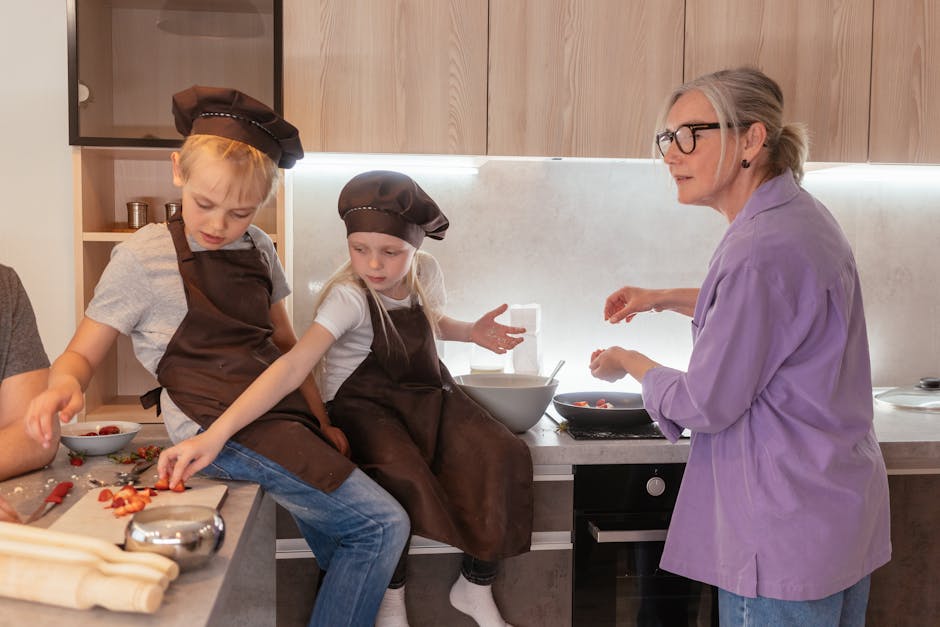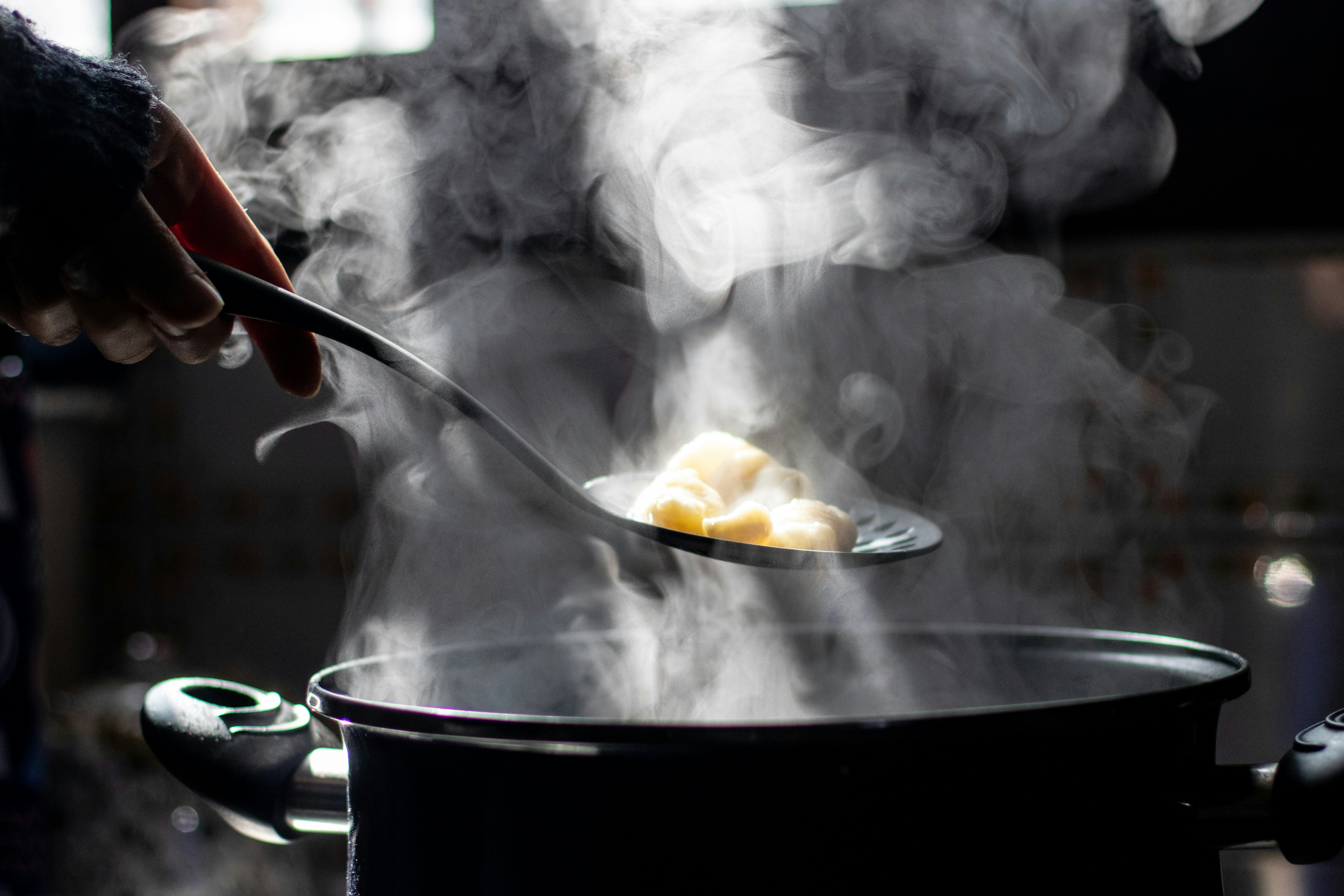Culinary Alchemy: Dramatic Flavor Combos for Wellness & Taste
Food is often sweeter when we are willing to think outside the box. The kitchen is an alchemist's lab, filled with ingredients that not only tantalize our taste buds but also contribute significantly to our well-being. Welcome to the world of unexpected ingredient pairings that can elevate both flavor and health. As we venture into the fascinating realm of culinary alchemy, you'll discover how you can transform your dishes with daring combinations and practical cooking tips. Are you ready to expand your culinary horizons?
The Magic Behind Unconventional Pairings

When we talk about unexpected ingredient pairings, we are essentially touching upon the science of flavor chemistry. Flavor is a complex interplay of various components, including taste, smell, and even texture. The balance of acidic, sweet, sour, bitter, and umami flavors can create culinary masterpieces.
For instance, you might think of decadent dark chocolate as a standalone treat, but pairing it with mushrooms can lead to a surprising taste sensation. Both ingredients harbor rich umami flavors, which complement each other beautifully, creating depth and complexity. Furthermore, certain pairings can contribute to various health benefits. Pairing avocado with lime, for example, enhances the absorption of nutrients and promotes healthy digestion.
- Explore the Flavor Chemistry: Understanding how certain flavors interact can lead to an exploration in your kitchen. If you’re curious about this chemistry, check out the insightful article on how music transforms your culinary experience, as sound can also influence how we perceive flavors.
The Health Benefits of Flavor Pairing

Flavor isn't just about tantalizing your taste buds; it also plays a critical role in our health. Many unconventional pairings can provide a nutritionally sound meal that is rich in vitamins, minerals, and antioxidants.
Take, for instance, the pairing of blueberries and kale: both of these superfoods are packed with antioxidants, vitamins, and minerals that can bolster your immune system. You can whip up a vibrant smoothie with these ingredients to kickstart your day.
Here’s a quick health tip: Adding a sprinkle of seeds—chia or flax, for example—can improve your dish's nutritional profile by providing omega-3 fatty acids.
Recipes to Get Started

1. Savory Chocolate Mushroom Risotto

Ingredients: - 1 cup Arborio rice - 4 cups vegetable broth - 1 cup finely chopped mushrooms - 1/2 cup dark chocolate shavings - 1 onion, diced - Salt and pepper to taste - Fresh parsley for garnish
Instructions: 1. In a pot, heat the vegetable broth and keep it simmering for later use. 2. In a pan, sauté the onion and mushrooms until golden. 3. Add the Arborio rice, and stir for a couple of minutes until it becomes translucent. 4. Gradually add the vegetable broth, one ladle at a time, stirring continuously. 5. Once the rice is al dente, stir in dark chocolate until melted and creamy. 6. Season with salt and pepper, and garnish with fresh parsley.
This creamy risotto is rich in umami and provides a health boost from the mushrooms and chocolate.
2. Avocado & Lime Quinoa Salad

Ingredients: - 1 cup quinoa, rinsed - 2 ripe avocados, diced - Juice of 2 limes - 1 cup cherry tomatoes, halved - 1/4 cup chopped fresh cilantro - Salt and pepper to taste
Instructions: 1. Cook quinoa according to package instructions. Allow to cool. 2. In a large bowl, combine quinoa, diced avocados, cherry tomatoes, and cilantro. 3. Drizzle with lime juice, and add salt and pepper to taste. Toss well to combine.
Not only does this dish offer a medley of flavors, but it’s also perfect for a quick lunch or dinner option.
Practical Tips for Experimenting in Your Kitchen

- Start Small: Experiment with one or two unconventional ingredients at a time. This minimizes the risk of overwhelming flavors while still encouraging creativity.
- Blend Cultures: Explore dishes from different parts of the world. For example, caprese salad with a twist of Asian influence—try substituting fresh basil with mint and adding a dash of sesame oil!
- Use Seasonal Ingredients: Fresh, seasonal produce allows you to tap into local flavors and enhance your dishes' health benefits.
For inspiration on using seasonal ingredients, check out our post on cooking for your mood and weather.
The Psychological Connection to Flavor

Believe it or not, the foods that we are drawn to are often connected to emotional experiences or memories. Cooking can be a meditative and healing process, invoking nostalgia and happiness. By understanding this psychological link, you can create meals that resonate with you on a deeper level.
Imagine cooking a dish inspired by a cherished memory, which can turn mealtime into a sensory experience.
Example Recipe: Aromatic Memory Rice

-
Ingredients: 1 cup Basmati rice, 2 cardamom pods, 1 bay leaf, and a pinch of salt.
-
Instructions:
- Rinse the rice until the water runs clear.
- In a pot, combine rice, cardamom pods, bay leaf, and salt with two cups of water.
- Bring to a boil and then lower the heat, covering the pot until the rice is fluffy.
- Remove the cardamom and bay leaf before serving.
Pair it with grilled chicken marinated in turmeric and yogurt for a complete sensory experience.
Grains of Wisdom: Creative Cooking Techniques

Fermentation

Fermentation is a technique that can elevate flavors while also creating health benefits. It enhances the nutritional value of ingredients while enriching the taste profile. For an easy DIY project, you can try fermenting vegetables like carrots or cabbage to create tangy, probiotic-rich snacks.
You can learn more about the incredible world of fermentation techniques in our article on mastering fermentation for bold flavors.
Color Your Plate

Cooking with colorful ingredients is not only visually appealing but also highly nutritious. The vibrant hues in fruits and vegetables often signify their nutrient content.
Incorporating diverse colors, such as purple cabbage, yellow bell peppers, and shiny ruby beets, can bring delightful flavor and incredible health benefits to your meals. Each color speaks to specific health properties, so try to include a rainbow of ingredients in your dishes.
Embracing Culinary Alchemy: Final Thoughts

Cooking should be an enjoyable and liberating experience. By embracing the potential of unexpected ingredient pairings, you're inviting creativity into your kitchen. Whether it's the sumptuous mix of dark chocolate with savory dishes or the refreshing zing of avocado with lime, the possibilities are virtually endless.
Don’t be afraid to get adventurous; every dish you create is an opportunity to tell a story, share a memory, or even invent a new culinary tradition. So, armed with your newfound knowledge of flavor chemistry and unique pairings, venture forth into your kitchen and revolutionize your meals!
For ongoing inspiration and detailed techniques, follow discussions on how color can influence flavor and mindful cooking and meal prep strategies. Exciting culinary alchemy awaits you!


